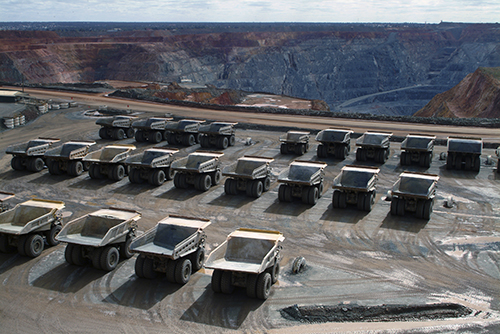Professor Saleem Ali from the Centre for Social Responsibility in Mining, and Dr Laura Sonter and Professor James Watson from UQ's School of Earth & Environmental Sciences publish in the Royal Society
 Overview
OverviewMining poses serious and highly specific threats to biodiversity. However, mining can also be a means for financing alternative livelihood paths that, over the long-term, may prevent biodiversity loss. Complex and controversial issues associated with mining and biodiversity conservation are often simplified within a narrow frame oriented towards the negative impacts of mining at the site of extraction, rather than posed as a series of challenges for the conservation science community to embrace. Here, we synthesize core issues that, if better understood, may ensure coexistence between mining and conservation agendas. We illustrate how mining impacts biodiversity through diverse pathways and across spatial scales. We argue that traditional, site-based conservation approaches will have limited effect in preventing biodiversity loss against an increasing mining footprint, but opportunities to improve outcomes (e.g. through long-term strategic assessment and planning) do exist. While future mineral supply is uncertain, projections suggest demand will grow for many metals and shift mining operations towards more dispersed and biodiverse areas. Initiating dialogue between mining companies, policy-makers and conservation organizations is urgent, given the suite of international agendas simultaneously requiring more minerals but less biodiversity loss.



